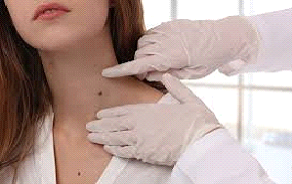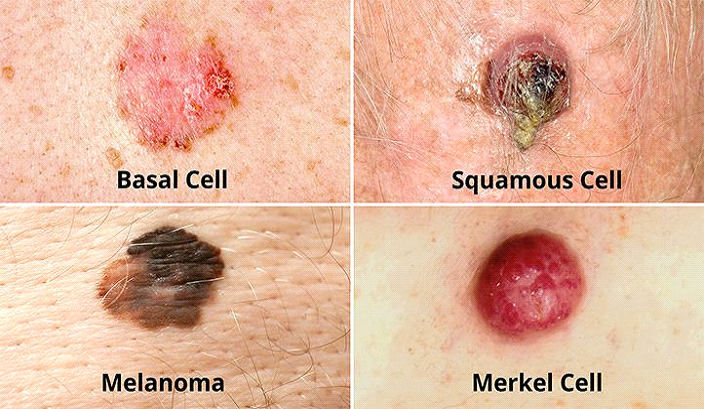skin cancer
Skin Cancer Treatment at Shiraz Clinic
At Shiraz Cosmetic and Medical Clinic, we prioritize your health and well-being. Our team specializes in comprehensive skin cancer treatments. Moreover, we provide personalized care tailored to your needs. For more information on skin cancer, visit the Cancer Council Australia .
What Is Skin Cancer?
Skin cancer is the most common form of cancer in Australia and worldwide. The two most frequent types are basal cell carcinoma and squamous cell carcinoma, known as non-melanoma skin cancers. Additionally, malignant melanoma is the third most common type.
People with paler skin face a higher risk of developing skin cancer because they are more vulnerable to sun damage. Sun exposure plays a major role in skin cancer development. In fact, around 99% of non-melanoma skin cancers and 95% of melanomas in Australia result from UV exposure. Learn more about UV risks from the World Health Organization .
Why Sydney Residents Are at Risk
In Sydney, the sun’s UV index is exceptionally strong. As a result, residents must monitor their skin regularly. Early detection and prevention are key to reducing skin cancer risks. For expert advice, refer to the Australian Government’s Sun Safety Guidelines .

What to look for-the detection of skin cancer
Skin Cancer: Identifying Warning Signs
Skin cancer can develop in both sun-exposed and non-exposed areas of your skin. To help identify potential signs, dermatologists recommend using the ABCDE’s of melanoma , a simple guide for skin cancer checks.
Asymmetry
Most skin cancers are asymmetrical. If you draw a line through the middle of a lesion, the two halves will look different. For more details on identifying asymmetry, visit the American Academy of Dermatology .
Border
Skin cancer borders tend to be uneven and may have scalloped or notched edges. In contrast, common moles usually have smooth, regular edges. Learn more about spotting irregular borders from the Skin Cancer Foundation .
Color
Multiple colors on a mole or lesion are a warning sign. While normal moles are usually a single shade of brown, skin cancer may appear with varying shades of tan, brown, or black. In rare cases, colorless skin cancers, known as amelanotic melanomas, can occur. For expert advice on identifying suspicious moles, refer to Cancer Research UK .
Diameter or Dark
It’s ideal to detect skin cancer when it’s small, but a lesion the size of a pencil eraser (about 6 mm) or larger is a warning sign. Additionally, experts suggest paying attention to darker lesions, regardless of size. Early detection is key to effective treatment.
Evolving
Any change in size, shape, color, or elevation of a spot on your skin is a red flag. Symptoms like bleeding, itching, or crusting may also indicate skin cancer development. For further guidance on monitoring changes, check out the National Cancer Institute .
"Skin Cancer Types and Diagnosis: What You Need to Know"
Types of Skin Cancer
Skin cancer is broadly categorized into two main types:
1. Melanoma (Malignant Melanoma)
This type of skin cancer develops from melanocytes, the cells responsible for producing pigment in the skin. Melanoma is less common but more aggressive than non-melanoma skin cancers. For more information on melanoma, visit the Melanoma Institute Australia .
2. Non-Melanoma Skin Cancer
Non-melanoma skin cancers are about 20 times more common than melanomas and are further divided into:
- Basal Cell Carcinoma (BCC): Develops from basal cells in the skin.
- Squamous Cell Carcinoma (SCC): Develops from keratinocytes, the cells that make up the outer layer of the skin. Learn more about non-melanoma skin cancers at the Cancer Council Australia .
Screening and Diagnosis for Skin Cancer
Mole Removal and Biopsy Services
Skin cancer is the most common cancer in Australia, affecting around 1 in 10 people during their lifetime. Early detection through screening and biopsy can significantly improve outcomes. For guidance on early detection, refer to the American Academy of Dermatology .
Our skin cancer services are recommended for all adults who:
- Have lots of moles or a visually abnormal mole,
- Notice a new or changing mole,
- Have a history of sunburn or sun-bed use,
- Need a second opinion on a mole diagnosis, or
- Require removal and biopsy of a suspicious mole.
For expert advice on skin cancer screening and diagnosis, refer to the Australian Government’s Health Guidelines . Additionally, you can explore detailed resources on skin biopsies at the National Cancer Institute .

Contact Us
Address: Suite 12 / 6 MacIntosh Street
Chatswood 2067 NSW
Tel: 02 72523696
Email: admin@resultdrivenseo.com
How to book a consultation
To enquire about an appointment in Sydney, or for more information you can call us on 02 72523696, send us an email or fill out our online form.

Why choose us for your skin cancer treatment in Chatswood?
Choosing Shiraz Cosmetic and Medical Clinic for your skin cancer treatment in Chatswood ensures you receive care from a highly skilled and dedicated team. Our practitioners are committed to continuous professional development and regularly attend cosmetic medical conferences, staying updated with the latest advancements and techniques in the field.
This commitment to excellence guarantees that you receive the most effective and safe treatments, tailored to meet your individual aesthetic goals in a professional and welcoming environment.

